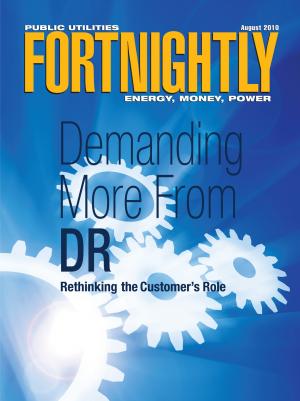DR design flaws create perverse incentives.
Robert L. Borlick is an independent energy consultant with more than 30 years of industry experience, formerly with the Brattle Group, Putnam Hayes & Bartlett and Hagler Bailly. He advises the Midwest Independent System Operator regarding the design of its demand response products.
A debate that started about 10 years ago turns around the question of how much a retail customer should be paid for not consuming electricity—i.e., how much are the customer’s negawatt-hours worth? Further adding to the debate, the Federal Energy Regulatory Commission (FERC) recently proposed a rule that would require all independent system operators (ISOs) and regional transmission operators (RTOs) sponsoring economic demand-response (DR) programs to pay the energy market price for demand reductions.1 The FERC based its proposal on the assumption that a MWh of DR (i.e., a negawatt-hour or NWh) has the same economic value as a megawatt-hour of energy.2

The FERC’s assumption is wrong. Economic demand response isn’t a sale of energy; rather, it’s a sale of a call option on energy. Although the market price of energy contributes to the economic value of a negawatt-hour, it doesn’t completely determine that value.
